3D replicas and preservation
October 27, 2023
Beyond threads, textiles and masterful construction techniques, fashion is a reflection of our culture and society. However, fashion items are often fragile and ephemeral, making them difficult to preserve for future generations.
Over the decades, preservation practices have evolved and improved, allowing museums and other institutions to meticulously restore and maintain the original status of garments and accessories.Yet, this often comes at a cost – accessibility.
In fact, the more painstaking the preservation efforts, the less accessible these artefacts become. Strict rules determine how much time a piece can be showcased in an exhibition, exposed to light and other environmental factors that may damage them. And as you might guess, the display time is only a reduced window of a few weeks, months at best, confined to a specific location.
This is justified in the light of the intensive and extensive amount of work that goes into every single piece, which requires bespoke materials and treatments. This article about preparing the “Visitors to Versaille” 2018 exhibition at MET Museum gives an insight about the sheer amount of work and preparation required when working with antique pieces.
It is also mentioned in this NGV overview of their preservation practices “Covering an almost endless array of materials, our conservators work with a treasure-trove of tactile and fascinating items, their skills ever adapting to each specific collection piece.”
3D technology offers a promising new approach to support the preservation of fashion heritage while improving its accessibility.
But let’s first define a 3D replica and understand how it is created.
A 3D replica is a digital reproduction of an object that is created using a range of techniques and software to mimic the appearance, construction, and often functionality of the original artefact.
These three-dimensional copies are built with a meticulous work of studying, measuring and recording every element that makes up the original garment or accessory, to then translate it into its accurate 3D counterpart. Unlike two-dimensional images or photographs, 3D replicas capture and represent the spatial aspects of an object, including its shape, size, fabric properties, and texture.
3D scanning is a very popular technology that allows the capture the shape and texture of objects. Thanks to its accessibility, it is already widely adopted by museums to recreate part of their collections.
This kind of replicas work very well to reproduce solid objects and showcase them online and to make 3D printed copies that are useful for educational and restoration purposes.
Without delving too much into technicalities (for now), we know that this method is not the best one to replicate garments and accessories. 3D scanning a garment will capture the volume and the overall appearance of the item, as you can see in this model created by the London V&A Museum or in this Jean Paul Gaultier vest, but it leaves behind a lot of those aspects that make a garment interesting to study: its construction, its pattern, the way fabric has been manipulated and how it moves, considering all the layers and details that are hidden under the surface and on the inside.
Instead, the process of study and reconstruction that our team does on all items in our gallery, allows to capture all its technical details. Let’s take his 1840s bodice from Antwerp ModeMuseum, for instance:
We use 3D software as tools, but the knowledge, workmanship and dedication necessary to craft fashion items remains the same as in the physical world.
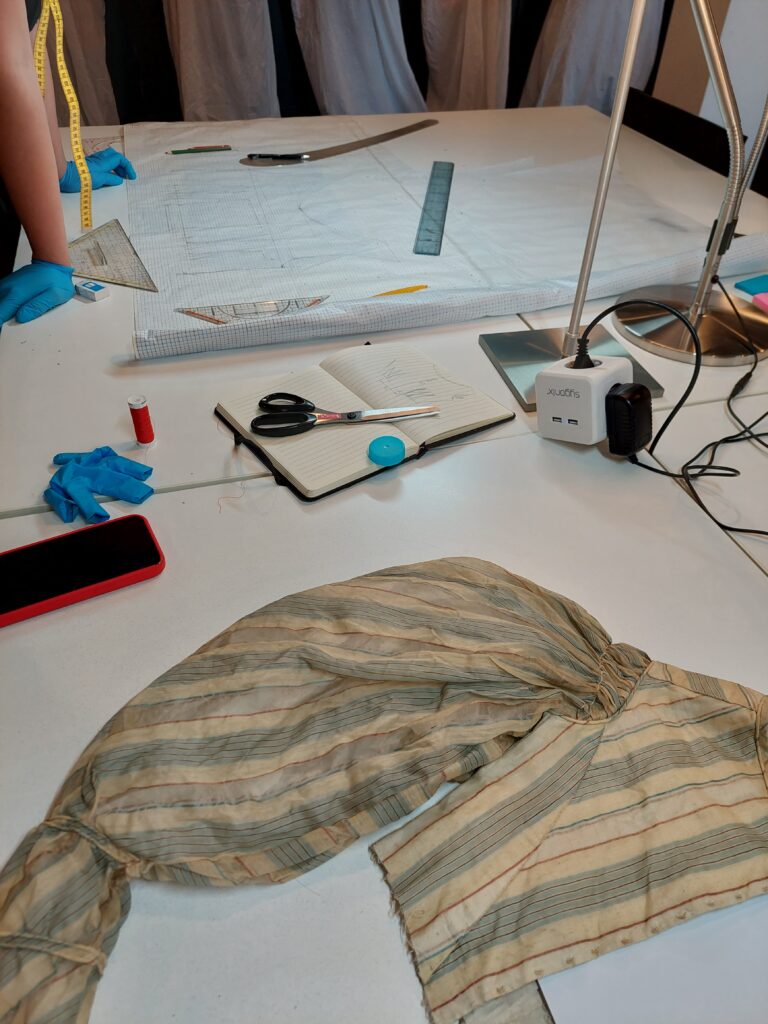
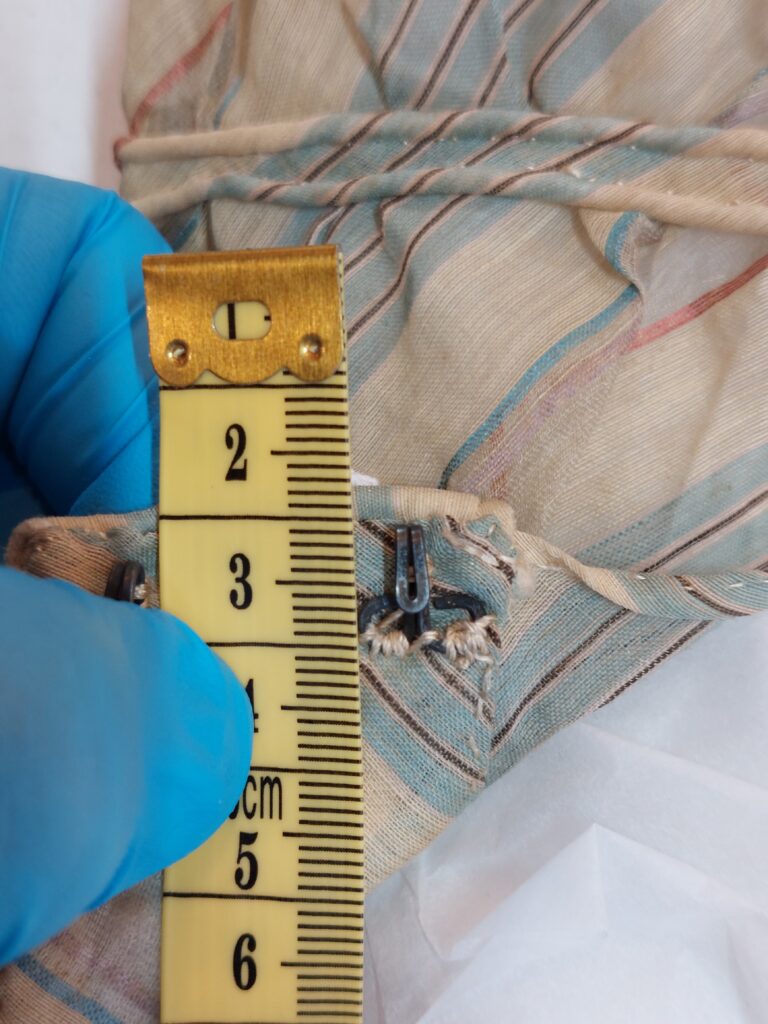
We took an appointment with the museum to access some of the garments used for our first collection and we used traditional pattern making techniques and tools to measure and start drafting the pattern on paper.
Then we scanned the sheets and brought it into Clo3D, our software of choice for fabric simulation, and traced the pattern digitally. Sometimes this step can be skipped if the pattern maker is familiar with a CAD software and prefers to work directly on a screen rather than paper.
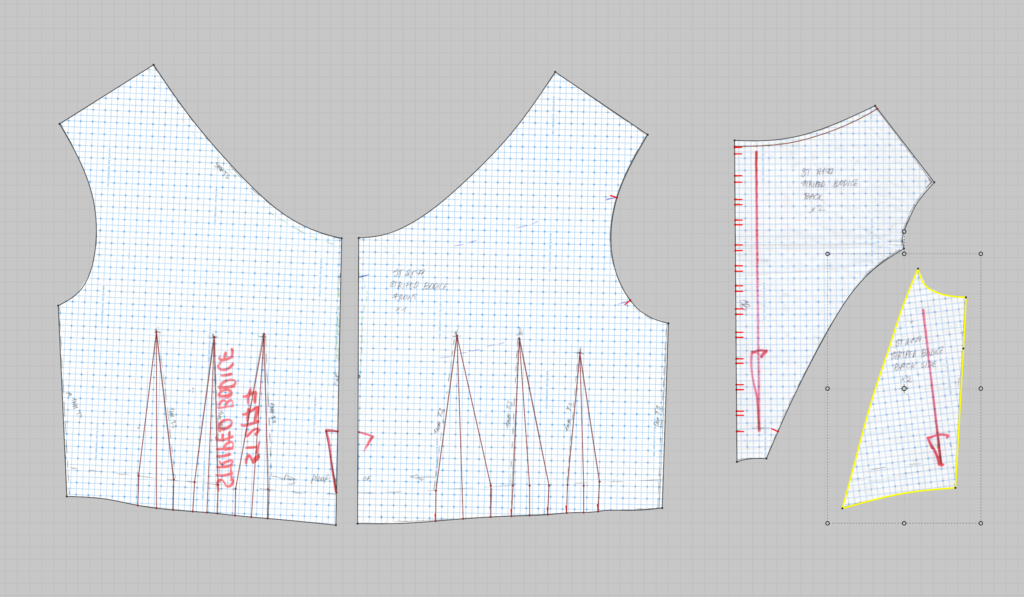

By comparing the 3D prototype with the physical garment we were able to confirm that the shape and fit matched, meaning that the pattern extracted was accurate, so we moved on to clean it up and prepare it to be uploaded on the platform by checking notes, notches, grainlines and so on.
In the meantime, we also took care of recreating the fabric texture and trims.
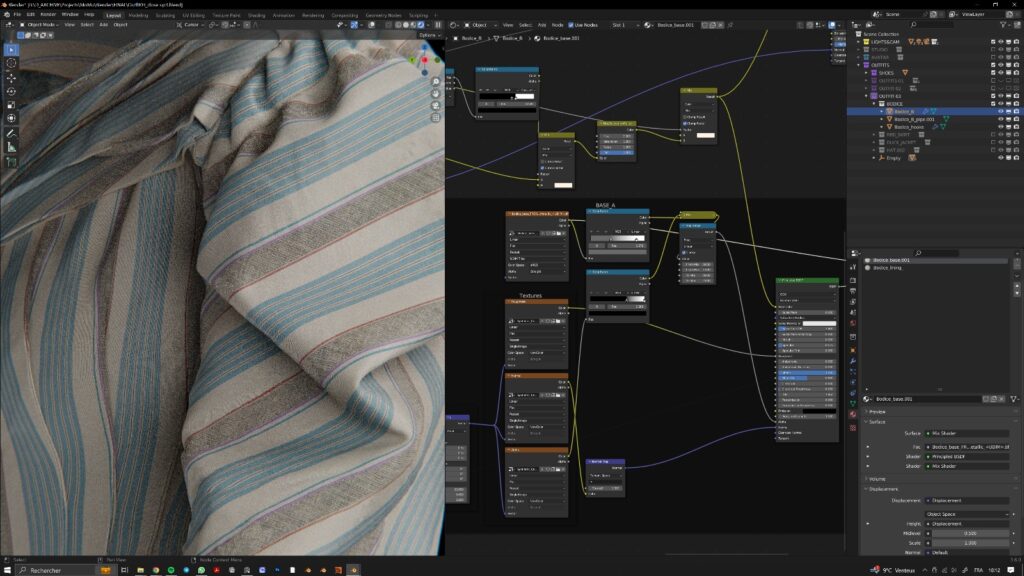
In this instance we decided to remove the fabric discoloration to show how the garment could have originally looked. We are also not including stains and wear and tear for the same reason, and also because it would be too labour intensive and not really significant for our scope. Instead, when it comes to patterns, we decided to keep the asymmetry of the neckline and front darts, as it might be of interest to those studying it.
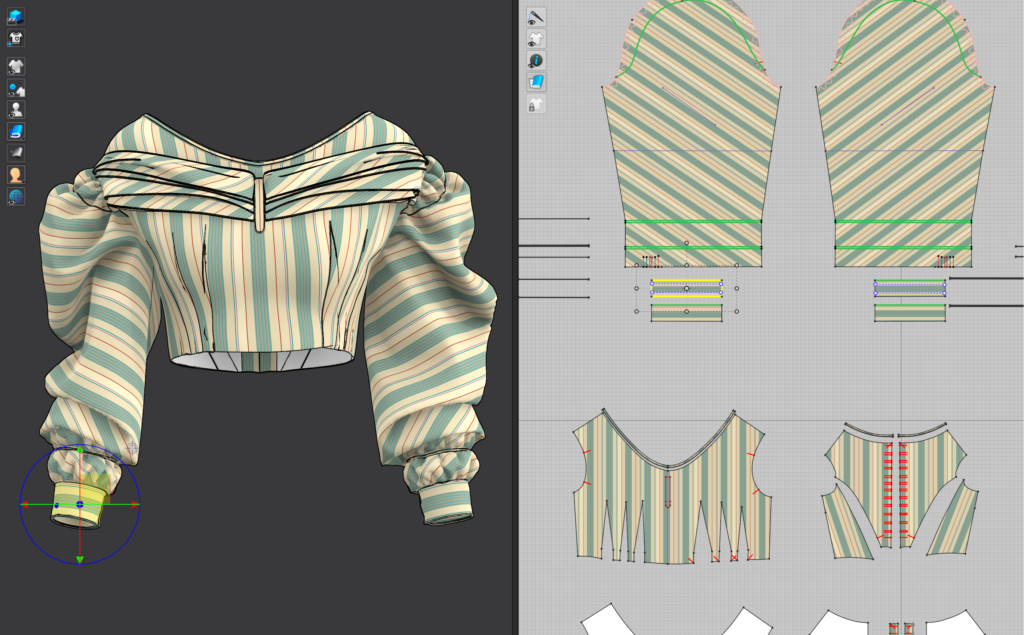
This should be enough for now to give an idea of the great amount of information that these files contain compared to photographs alone, and enhance the ways in which people can engage with them. We will talk more in detail about how these virtual files can support preservation practices in the near future.
The patterns extracted are distributed in very common formats, SVG, PDF and DXF, which can be opened, edited and printed with many different software. This allows designers and researchers to explore these garments in a way that would otherwise be impossible…unless you book an appointment with the museums as we did, of course, but that is not always an option.
And this is a very core aspect of our project: accessibility. By bringing these items back to light in virtual form, and making them freely available online, we hope to give the second-best option to a hands-on experience and encourage people to explore and appreciate the craftsmanship of fashion heritage pieces.
We encourage creatives to play with them and modify them as they wish, in a way that wouldn’t be allowed on the real pieces. We had some fun styling pieces for the website launch in these three outfits – what do you think?
You can even make them dance and jump as the creatives behind the Virtual Fashion Archive did – without worries. This is a perfect example of how versatile 3D replicas can be: once the base model is ready, it can be used in many different ways. It could be animated and put into an environment to tell its story in an engaging way, or it can be included in interactive exhibitions in galleries and used for educational purposes. Or both, at the same time, because it wouldn’t be affected by transportation and wear and tear like its physical counterpart.
